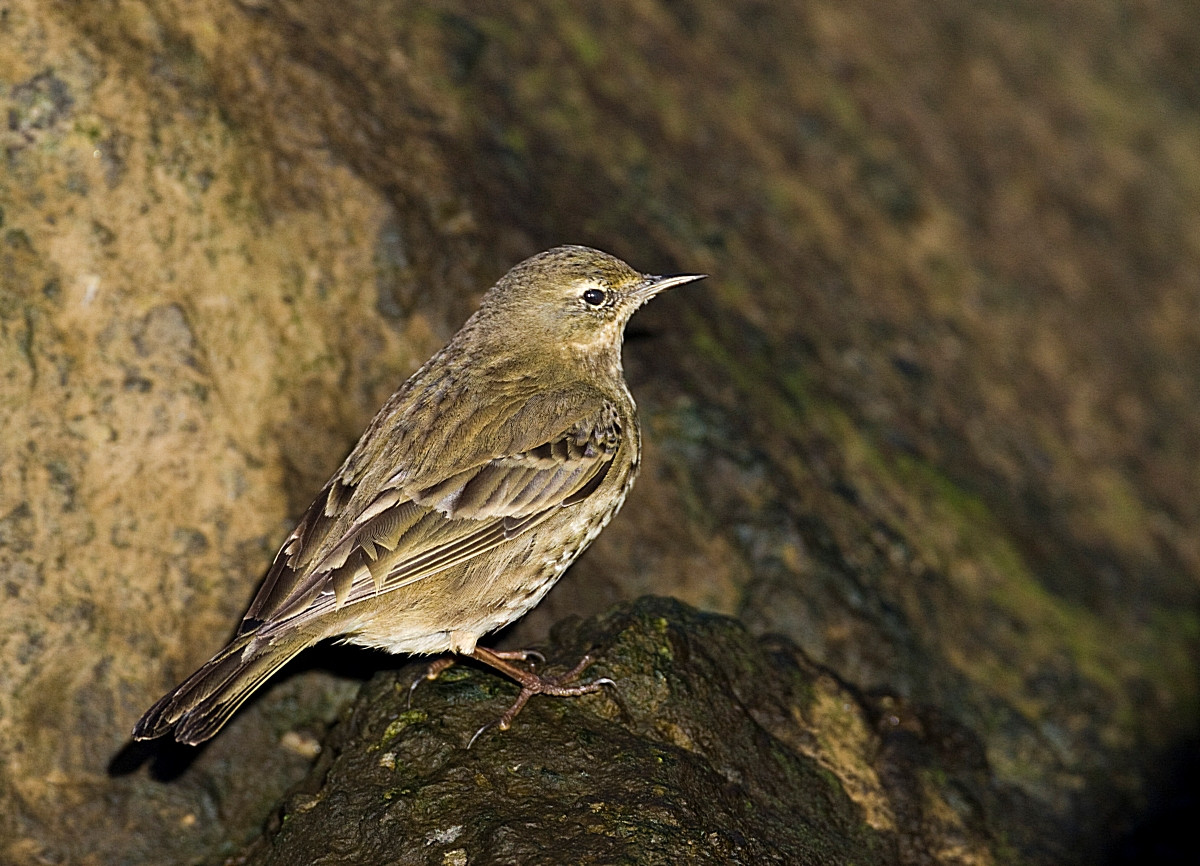Descrição
The village has areas of private gardens and open greens, which attract the usual range of garden birds. Its northern boundary is the River Blyth and bordering marshes and wet grazing, including some waders and geese. East and south, a shingle beach stretches beyond Dunwich; the shallows offshore attract sea ducks, such as Pato-preto. There's brackish marshes behind the shingle ridge which is threatened by erosion; the marshes attract resident and migratory passerines and waders, such as Chapim-de-bigode, Petinha-marítima, Pilrito-comum, Combatente and Maçarico-de-bico-direito. There will be migratory and resident hirundines, occasionally late into autumn.
The ground rises above sea level to the west and southwest of Walberswick village. In the west, there's heathland where there are Felosa-do-mato and Noitibó da Europa for patient and lucky watchers, as well as more common species. There's deciduous woodlandin the southwest with a few freshwater ponds with a variety of ducks.
The marshes and heathland are part of a National Nature Reserve.
Detalhes
Acesso
Walberswick may be reached by car, bike, river ferry from Southwold or on foot. Buses serve both Walberswick and Southwold.
There are car parks on the beach side of the village and near to the ferry - a fee is required. These are likely to be full during summer season; but not during times of birding interest.
Cars, bikes and wheelchairs are restricted to the village by the terrain, so the really interesting areas will be reached on foot. There are public footpaths and visitors are required not to wander onto private land or into protected areas
Terreno e Habitat
Floresta , Terras húmidas , Lago , Praia , Lamaçais , Árvores e arbustos dispersos , Campina , Zonas húmidas , Rio , Mar , Camas de junco , Cidade/VilaCondições
Plano , Arenoso , Pantanoso , Sem sombra , Paisagem aberta , Possível na maré cheiaCaminho circular
Simé útil um telescópio?
Pode ser útilBoa temporada de observação de aves
Primavera , Outono , InvernoMelhor hora para visitar
Inverno , Migração de outono , Migração da primaveraRota
Estrada pavimentada , Caminho largo , Caminho estreito , Estrada não pavimentadaCaminho dificil
FácilAcessível por
PéAbrigo/plataforma deobservação de aves
NãoInformação extra
There are toilets and refreshment places in the village. The area can take a day to explore. The beach gives views over the sea and the coastal marshes and this is one place where a scope is handy. This is an exposed location, which can make a scope difficult. The heath should be explored with patience to get the best chance of interesting sightings.




